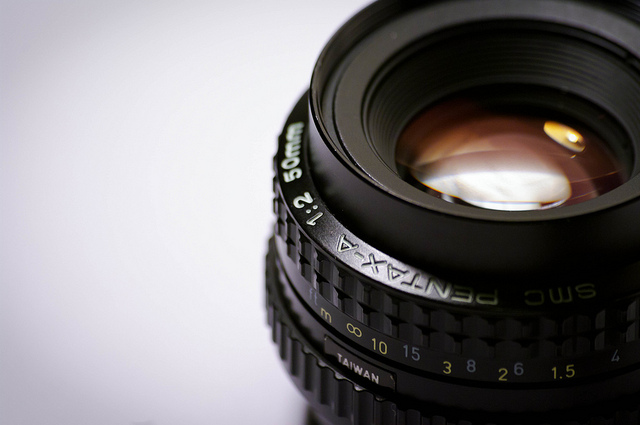Have you ever questioned why photographs end up various than what you saw through the viewfinder? Why is my photography fuzzy or out of focus? How do I record more of the discipline in the picture? How can I get closer to the topic? Why is the photo darker than believed? I have actually had these questions for many years and have actually studied photography lenses so that I can choose the most suitable electronic camera and electronic camera lens for my topics.

Today, with the most remarkable world of photography, and the technology at hand, it is a lot easier to shoot those reward images even for the weekend photographer. But, if you comprehend even a couple of basics your photographs can turn out better than you expected. It has become truly simple for any individual to pick up a point and shoot repaired lens digital cam and take a terrific picture. With the influx of many high end, high megapixel electronic cameras available for under $200.00, anybody can put memories in their pocket.
Digital camera Lens Types:
Wide Angle The wide angle camera lens makes it possible for the photographer to shoot a picture when you want to include more of the subject scene than would be possible with a conventional lens such as a 50mm focal length. Wide angle camera lenses are usually a shorter focal length under 50mm and enable the professional photographer to alter the viewpoint of the scene. A moderate focal length has to do with 24mm to 35mm that have apertures of F/2 or F/2.8 which enables more light in. There are likewise severe broad angle lenses, called fisheyes, that can produce almost a 180 degree picture. These photographic camera lenses can be enjoyable nevertheless, ensure you comprehend that the lens might produce a rounded image and the depth of field can be restricted in low lighting conditions.
Requirement Standard lenses are normally the 50mm lenses. These are a fixed focal length and are the lens of choice on most SLR cameras. Everybody must have this electronic camera lens. It usually will be utilized the most for everyday common photography. The 50mm conventional lens has to do with exactly what the human eye can see in the field of vision. It likewise produces the most relative size of the subjects and items in the picture. This electronic camera lens can be among the fastest lenses in your video camera bag. It can be purchased with a low aperture of F/1.4 which will allow for extremely low lighting photographic opportunities.
The zoom lens is my preferred lens. This video camera lens gives the photographer a lot of options especially if you are not carrying two electronic camera bodies with you. The zoom camera lens is not limited to one focal length however has movable aspects in the lens that allow for several varieties. Zoom photographic lenses are available in numerous sizes but the common lengths offer you anywhere from 35mm – 70mm and 80mm – 200mm. I recommend these two lengths for the weekend hobbyist so that a complete range from 35mm – 200mm can be attained. These lenses can be costly specifically if the aperture is under F/4.0. They are typically not used in low lighting conditions or with motion photography unless you are shooting in daylight with sunny conditions. For a lot of photography hobbyists, the 80mm – 200mm works fantastic for sideline pictures and has enough focal length to catch images such as wildlife from a distance.
Telephoto camera lenses have a focal length that is longer than a regular 50mm lens. The longer the length of the telephoto cam lens the more zoom you can get and the closer you can draw near to your subject. These video camera lenses differ from the zoom in that they are taken care of and can not supply the professional photographer a variety of lengths. Most telephotos are made use of where the topic is fixed and scenarios where you are limited to keeping your distance. They normally have a smaller sized aperture someplace around F/4.0. Mindful option and use should be made when using these lenses as they can be heavier and blur photos with the tiniest motion. I would suggest a tripod or monopod for use with lenses longer than 200mm. They are definitely great for sports and wildlife photography. I have utilized anywhere from 100mm to a 500mm mirror telephoto. The 500mm mirror lens was truly great when contending an air show.